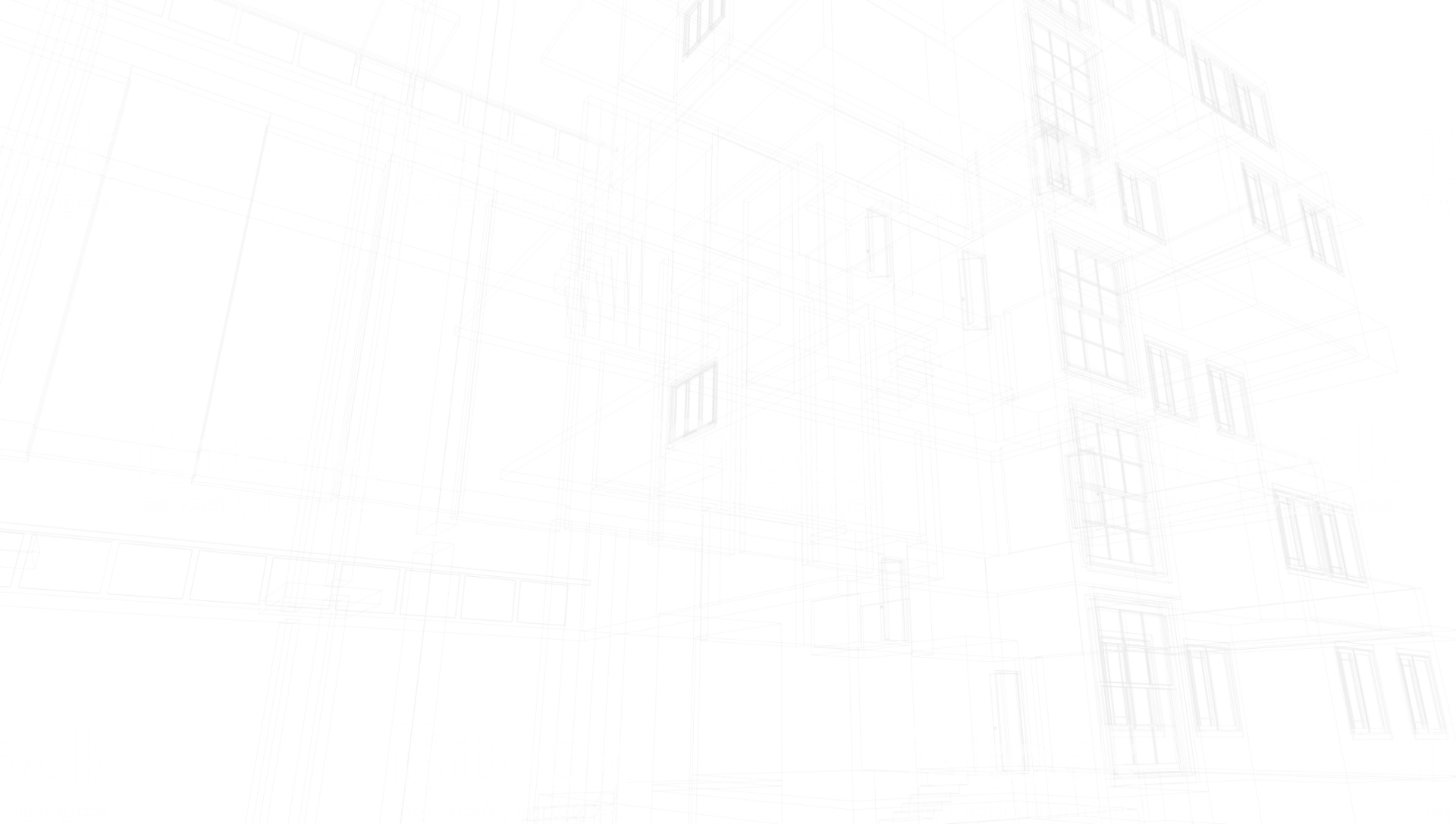Installation of windows in Florida – what should you know? Florida Building Code in a nutshell
Warm climate? Beautiful beaches? Numerous amusement parks? Florida has it all! Unfortunately, the attractive location of this sunny state also has its consequences, because of that Florida is also known for its strict building code, initiated by Hurricane Andrew and its disastrous aftermath. To make sure that you are secure in both money and safety aspects, you should read the latest Florida Building Code before starting any construction or renovation work, in the meantime, we’ll walk you through the basics.
After reading this article you will know:
- What is the Florida Building Code
- What Wind Zone you are in
- What are High-Velocity Hurricane Zones
- What are the Wind-Borne Debris Regions
- What is the Florida Product Approval Number and how to check if a product has one
Florida Building Code – what is it?
Florida Building Code (FBC) – the building standards for all buildings constructed in Florida, they are developed by the Florida Building Commission and updated every 3 years. The Code contains minimum requirements for permits, architectural plan revisions, and inspections, however, local jurisdictions may adopt additional administrative requirements that are more stringent. Regional amendments are subject to the criteria outlined in the Florida Statutes section.
The FBC is based on the International Building Code (IBC), which in this case is modified to suit the specific needs of the state of Florida, such as hurricane protection guidelines for the Hurricane High-Velocity Zone.
The Florida Building Code consists of 9 main volumes:

We divide Florida into 4 Wind Zones::
- Wind Zone 1: 130 mph ≤ basic design wind speed <140 mph
- Wind Zone 2: 140 mph ≤ basic design wind speed <150 mph
- Wind Zone 3: 150 mph ≤ basic design wind speed ≤ 170 mph or 140 mph ≤ basic design wind speed ≤ 170 mph at a distance greater than one mile from the coastline*
- Wind Zone 4: basic design wind speed> 170 mph
*the coastline shall be measured from the mean high water mark (a sign that shows the highest level reached by a body of water in a given location)
High-Velocity Hurricane Zones (HVHZ)
According to FBC’s criteria, HVHZ (High-Velocity Hurricane Zones) include the county of Miami-Dade and Broward. The state deemed those areas to be more vulnerable to severe weather conditions and hurricanes than other parts of Florida. In these regions, you must use products that have been properly tested and meet the HVHZ standards.
Wind-Borne Debris Regions
If the buildings do not belong directly to HVHZ but are located in the Risk Categories II, III or IV or are situated in Wind-Borne Debris Regions, i.e.:
- within one mile of the coastline measured from the mean high water mark
- in areas where the basic design wind speed is 140 mph or greater
their glass openings must be additionally secured.
If you want your windows to be protected from the external wind effects and meet the state’s requirements, you have to either install impact glass or cover the openings with hurricane shutters that can be installed permanently or be removable. The hurricane shutters can be made from aluminum or steel and come in models such as accordion or roll-up.

Florida Product Approval Number
The manufacturer of the product must ensure that his product receives the Florida Product Approval Number (FL #), this number is required * by Florida law and simply proves that the product complies with the rules contained in the FBC. Under state law, local jurisdictions must accept state-recognized products without the need for further testing and evaluation if the product conforms to the provided data. However, you have to pay attention to local city or county requirements, for instance, Miami-Dade county requires the manufacturer to provide a copy of the Notice of Acceptance** (issued by the county) to the installer, who must have it throughout the entire installation and assembly process, ready to be presented to the authority upon request.
*Products needing approval include:
- exterior doors
- impact protection systems
- shutters
- skylights
- windows
**Miami-Date Notice of Acceptance is a local product approval that confirms the product meets the High-Velocity Hurricane Zone criteria; NOA can be used by a product manufacturer to apply for state product approval.
Not sure if the product is approved in Florida and your county?
For information on whether the building components are approved by the state of Florida, see the site of The Florida Department of Business and Professional Regulation. This page allows users to search for product approvals by several variants, such as manufacturer, product category, and product name. If you have more questions, you can call (850) 487-1824 and ask to speak to the Florida Building Codes and Standards Section of the Department of Business and Professional Regulation.
Search for the Miami-Dade County Approved Product here.

Are you starting a project in Florida and still feeling insecure about the FBC standards?
Our team will be happy to help you. Make an appointment with our duo of experts – business consultant and technologist
Get in touch with us





